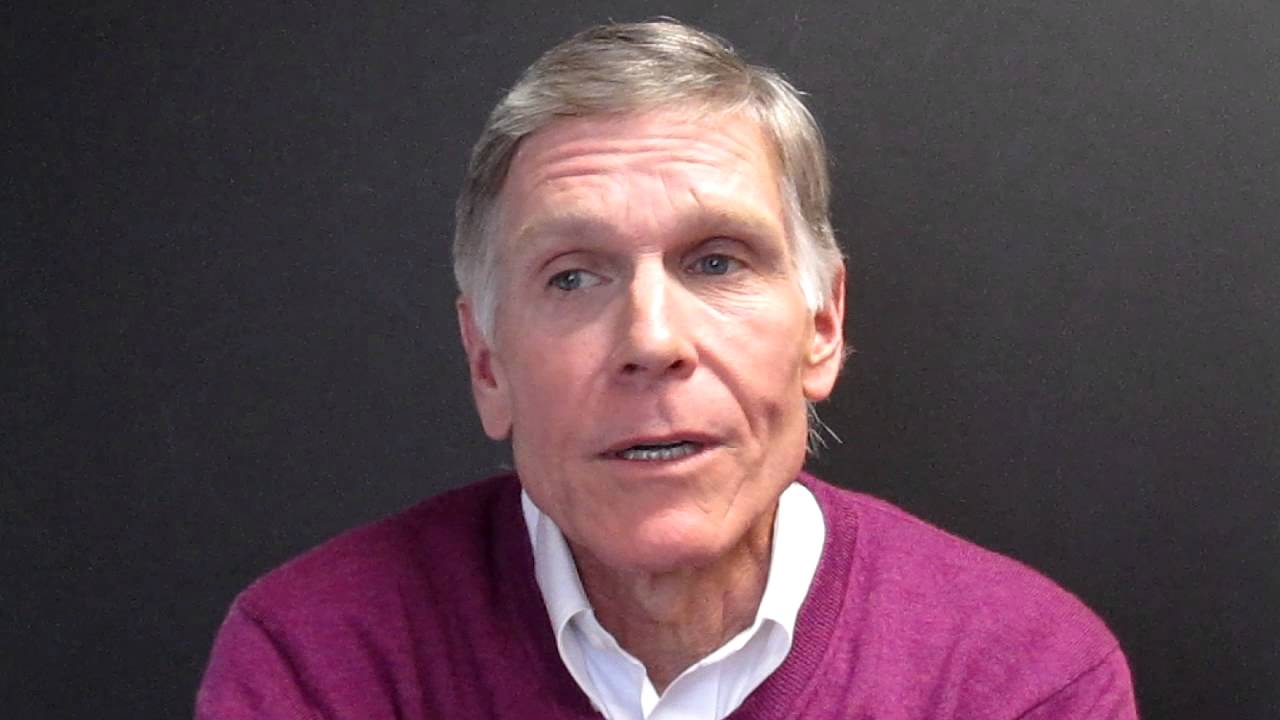Broken Clavicles: To Ignore, Pin, or Plate
Hear From Our Patients
Broken Collarbone Repair - Patient StoryMost of the broken collarbones I see in my office are caused by cyclists falling forward.

I broke my own collarbone while providing medical coverage for a ski race— the radio I wore on my chest drove through my clavicle in a ski fall. So I know this pain. Skateboarders, motorcyclists, and rodeo riders all provide a steady stream of misshapen shoulders. In the past, most were left alone to heal, usually leaving a bump. Today, many are repaired. Here’s what’s happened.
A broken collarbone, if displaced less than 1.5 centimeters or angled less than 45 degrees, will usually heal within 12 weeks. Aside from the bump, there will be little other evidence of injury. A displacement of more than 1.5 cm or 45 degrees leads to a lower rate of healing and longer-term problems.
Why? Because the collarbone acts as a strut, stabilizing the shoulder and guiding the shoulder motion. When the fracture heals at odd angles, the bone is shortened, shoulder motion is abnormal, and the power generated by the shoulder muscles is reduced. Like a seesaw, the lever arm has been shortened. For overhead athletes—such as tennis players, basketball players, and pitchers—this power reduction is significant.
Due to the increased number of older athletes taking up sports, the long-term effects of previously “left alone to heal” collarbone fractures have become more obvious. The body’s geometry matters. Left deformed, avoidable consequences such as weakness, abnormal shoulder mechanics, and other deformities become regrettable.
The traditional way of repairing broken collarbones has been with metal plates and screws. While producing a high rate of healing, the complications were significant. The plates require a long incision along the length of the clavicle. Unfortunately, a fine sensory nerve is frequently injured with this incision leaving the victim with a numb chest patch. And the plates often have to be removed once healing has been achieved due to the thin skin overlying the bone. This requires another incision and possibly further nerve damage.
The alternative method of bone fixation is an intramedullary screw: a screw passed down the barrel of the clavicle. The advantage of this procedure is that only two small incisions—one in front and one in back—are required. The screw, when successful, provides immediate stability. (One of my patients rode his bike in the Race Across America (RAAM), starting one week after surgery.) Later, the screw can be removed easily from a 5 mm incision in the back of the shoulder.
The complications and difficulties of intramedullary screw placement, however, have made it less popular than it should be. The clavicle is a curved, thin, twisted bone with a small canal. Placing the screw requires a number of tricks that cannot be applied to every broken collarbone. Newer, more flexible screws and drills are being developed to solve these problems.
In general, there is as yet no perfect solution. My advice: If the collarbone is reasonably well aligned when broken, leave it alone. If it is displaced or angulated, or if the consequences of a slightly deformed shoulder are meaningful, have it fixed. But fix it with the least amount of damage to the surrounding tissues and the least amount of risk.
Stay vertical on the bike. If falling, roll with the fall. And, if it ain’t broke, don’t break it.
See how Dr. Stone performs clavicle fracture repairs percutaneously
Experiencing Undiagnosed Shoulder Pain? Use our Shoulder Pain Symptom Checker to better understand your symptoms and find out possible injury conditions.


